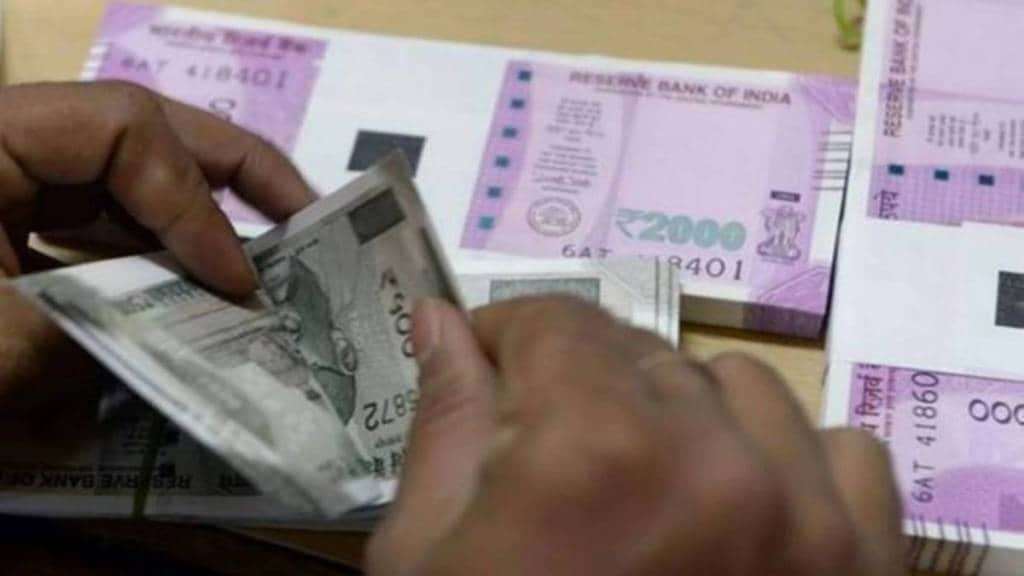The Centre’s proposed net extra Rs 3.26 trillion spending on assorted subsidies and programmes won’t lead to any additional market borrowings, even though it may have to dip into the National Small Savings Fund (NSSF) for more funds if needed, a senior government official told FE.
The extra tax revenues expected over the Budget estimate (BE) and savings in various schemes, along with a higher nominal GDP growth, would help keep the fiscal deficit within the FY23BE of 6.4% of GDP, the official said.
“Roughly, the Centre’s spending could still be Rs 2.5-3 trillion more than the budgeted Rs 39.4 trillion for the current financial year. But, we intend to stick to the budgeted fiscal deficit as a fraction of GDP, though the absolute amount may vary (from the target) a bit,” the official said.
The government on Friday sought parliamentary nod for a gross additional spending of Rs 4.36 trillion and net extra expenditure of Rs 3.26 trillion. A substantial chunk of the proposed net cash outgo involves additional fertiliser subsidy (Rs 1.09 trillion), food subsidy (Rs 80,348 crore) and grant to oil-marketing companies for under-recoveries on cooking gas and the Ujjwala scheme, etc (Rs 24,944 crore).
Also Read: Major reset happening in India, world post-pandemic: FM Nirmala Sitharaman
On why the government has provided only Rs 80,348 crore towards the Pradhan Mantri Garib Kalyan Anna Yojana (PMGKAY) as against an estimate of about Rs 1.25 trillion for April-December, the official explained that the full cash requirement for the programme may not be there this fiscal.
This is because some of the bills towards the settlement of the decentralised distribution, etc, may not come in by March 2023.
“If one looks at the supplementary demand, all of that will not be extra because there will be some offsetting savings,” the official explained. “If there are savings in one demand head and excess spending in another, that is not shown in the supplementary, but in the revised estimate (RE) in the Budget,” he added.
Despite huge additional expenditure commitments, the government has cut its gross market borrowing target for the current fiscal by Rs 10,000 crore to Rs 14.21 trillion, thanks to high tax revenue buoyancy. The government will undertake gross borrowing of Rs 5.92 trillion during H2FY23.
The Centre’s offtake from the NSSF is budgeted to drop from a record Rs 5.92 trillion in FY22 to Rs 4.25 trillion in FY23. In FY20, it borrowed Rs 4.87 trillion from the NSSF. Given the latest developments, borrowings from the NSSF this year could be slightly higher than the budgeted level.
The Centre’s net tax revenue is expected to exceed the FY23 Budget estimate of Rs 19.35 trillion by around Rs 2.5 trillion. However, its disinvestment receipts could fall short of the target by Rs 15,000-20,000 crore in FY23.
On the other hand, Rs 70,000-80,000 crore in savings are expected on various central sector and centrally-sponsored schemes, some of which were already captured in the supplementary demand for grants.


